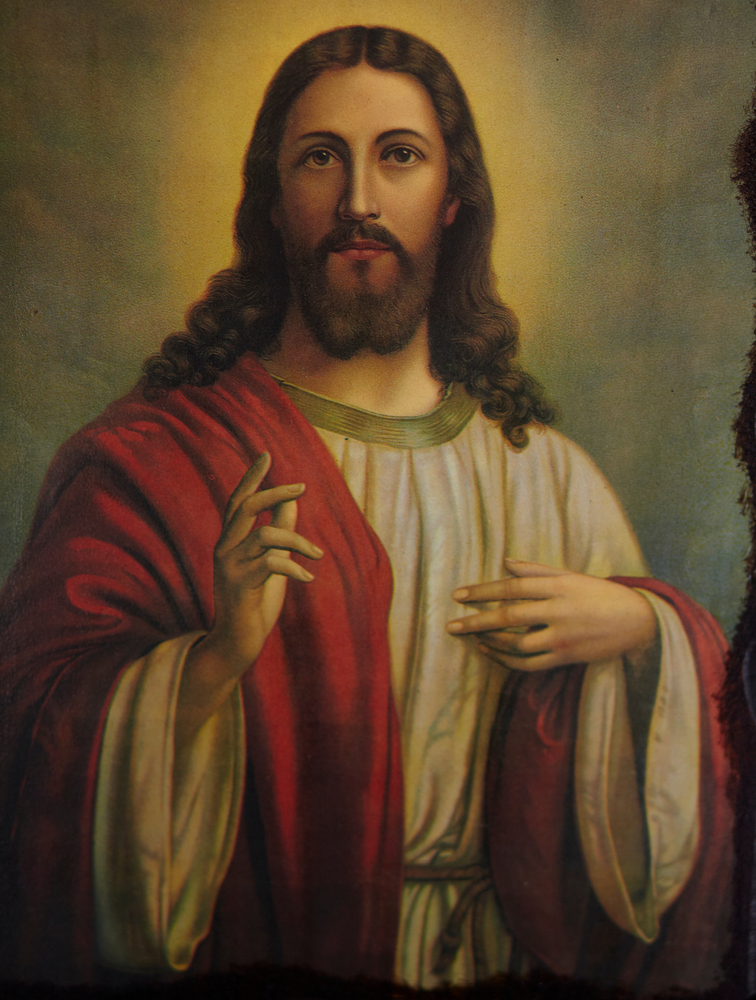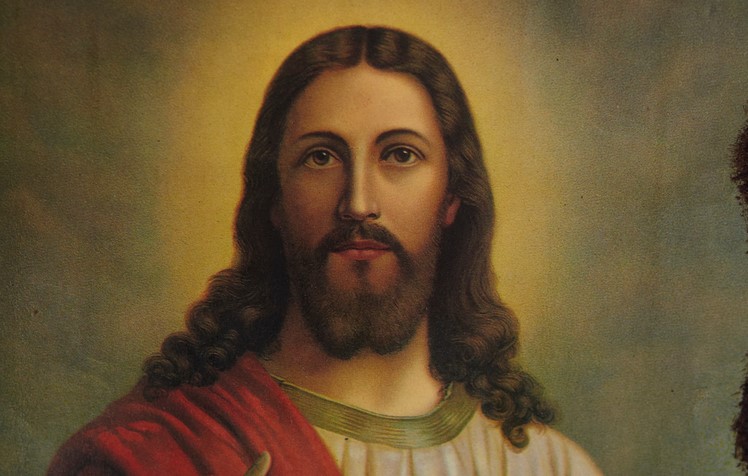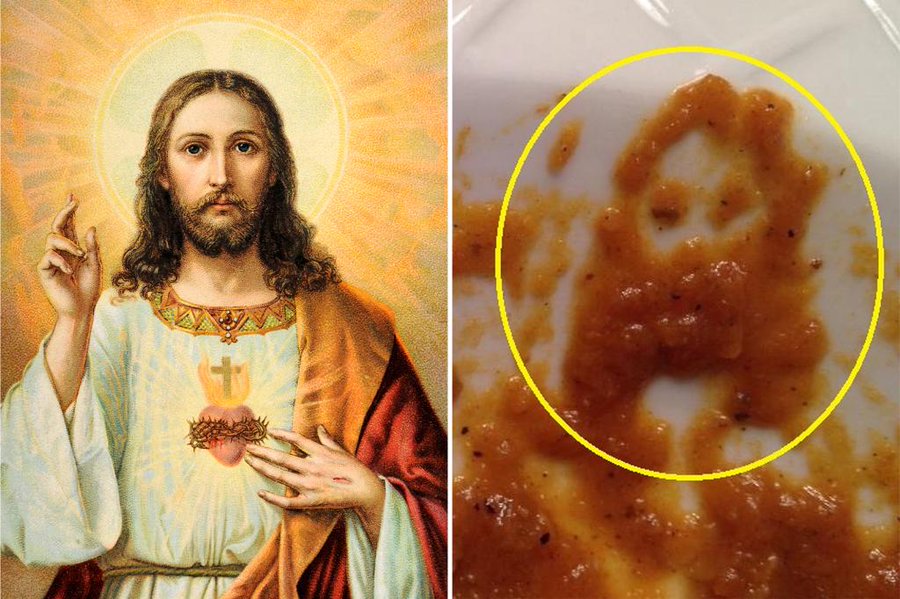Forensic experts use ancient skulls to recreate the face of Jesus, reveals a whole new look
Everyone has an image of what Jesus looks like. As the most replicated figure in Western culture, Jesus is often depicted as a fair-skinned man with long hair, a beard, and a cream-colored robe with long sleeves. His face is so familiar that people claim to see it in pancakes, toast, and even, famously, in a New York man’s chicken tikka masala.

However, according to forensic experts, these popular interpretations of Jesus—whether in food, our minds, or famous paintings—are likely inaccurate. Despite thousands of artistic depictions over the centuries, no one knows what Jesus truly looked like.
The image of Jesus etched in our minds is heavily influenced by masterpieces like Leonardo da Vinci’s “The Last Supper,” Michelangelo’s “The Last Judgement,” and El Greco’s “Christ Carrying the Cross.” These portrayals typically show Jesus as a long-haired, blue-eyed man in a robe and sandals. Yet, the New Testament offers no description of his appearance, nor do we have any physical remains for DNA analysis.
Despite this mystery, experts now believe they have created a more historically accurate representation of Jesus.
Using AI technology, Dutch photographer and digital artist Bas Uterwijk produced a “historically accurate” image of Jesus. Uterwijk employed a neural network trained on thousands of human faces, including cultural depictions of Jesus from Byzantine and Renaissance art, and the Shroud of Turin. He adjusted the ethnicity to reflect a more convincing Middle Eastern appearance and altered the hair and beard to be more realistic for the time and region. Uterwijk described the result as an artistic impression rather than a scientific exactness.

Meanwhile, British forensic experts and Israeli archaeologists have developed a 3D portrait of Jesus by studying Semite skulls and using modern forensic techniques. Dr. Richard Neave, a renowned forensic reconstruction expert, led the team. Their findings suggest Jesus may have had a wide face, dark eyes, short dark hair, a bushy beard, and tanned skin—features typical of Galilean Semites of his era. This reconstruction is based on both forensic anthropology and historical context, providing a more plausible likeness than traditional Western art.
The process involved analyzing cultural and archaeological data, as well as using techniques similar to those in criminal forensics. The team X-rayed three Semite skulls from the same period, used computerized tomography to examine their structures, and created a digital 3D reconstruction. They then built a cast of the skull, layering it with clay to match the determined facial tissue thickness. Features such as the eyes, lips, and nose were added according to the skull’s shape.
Although the skull analysis couldn’t determine eye color or hair style, further study of first-century artwork and biblical texts led the team to conclude that Jesus likely had dark eyes, a beard, and short, curly hair. A passage from Paul in the Bible, stating “If a man has long hair, it is a disgrace to him,” supported this conclusion.
This depiction contrasts sharply with the long-haired image seen in the Shroud of Turin, which emerged in 1354 and is believed by some to bear the image of Christ.
To estimate his height and weight, the team examined skeletal remains of Semite men from Galilee. They concluded that Jesus was probably around 5-foot-1 and weighed about 110 pounds. Given his work as a carpenter until age 30, it’s also likely he was tanned and more muscular than typically depicted in Western art.
The new depictions have generated considerable interest and some controversy among devout followers. Interestingly, they resemble the “Prince of Peace” painting by Akiane Kramarik, created when she was only eight years old. Akiane claimed to have seen Jesus in her dreams, and her painting has become internationally renowned.
ALSO READ
Despite the scientific advancements, some continue to see Jesus in unexpected places, such as Jeff Jordyn, who in 2022 saw Christ’s face in his chicken tikka masala. Comparing the image to traditional depictions, Jordyn remarked, “This is the only time I’ve had someone appear in my food. I’m not real big on divine intervention.”






